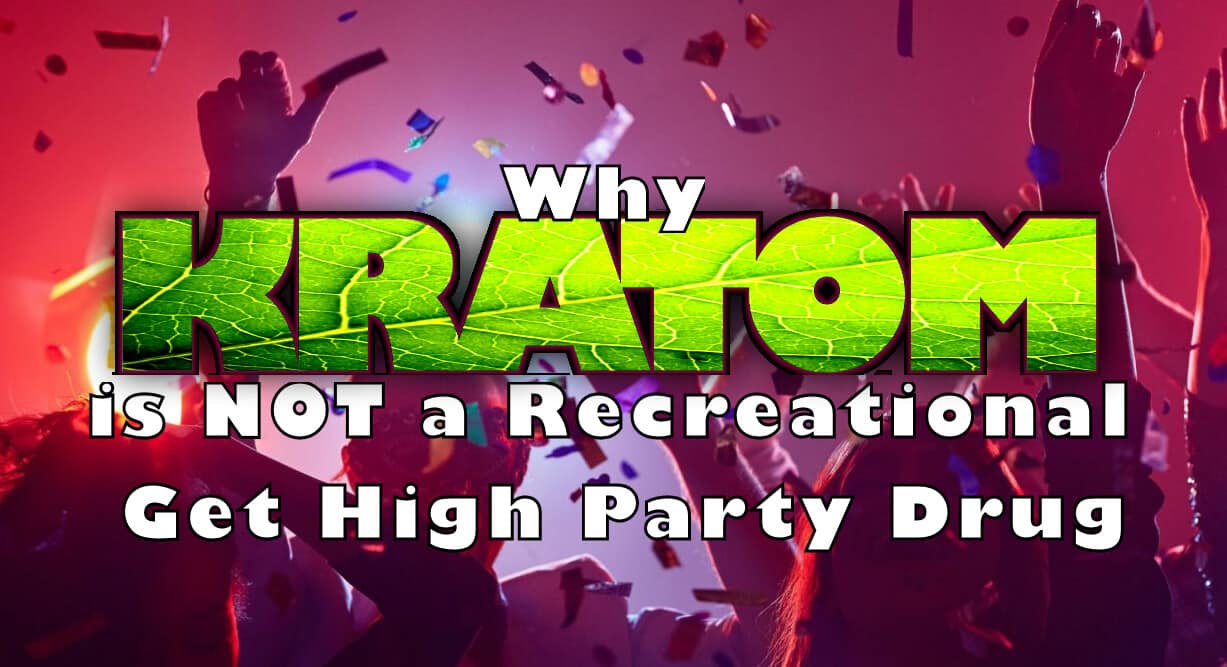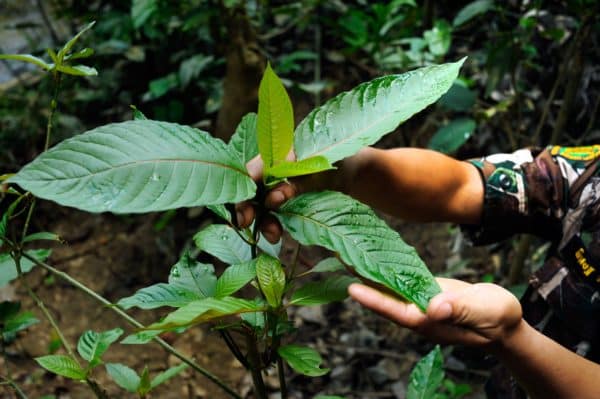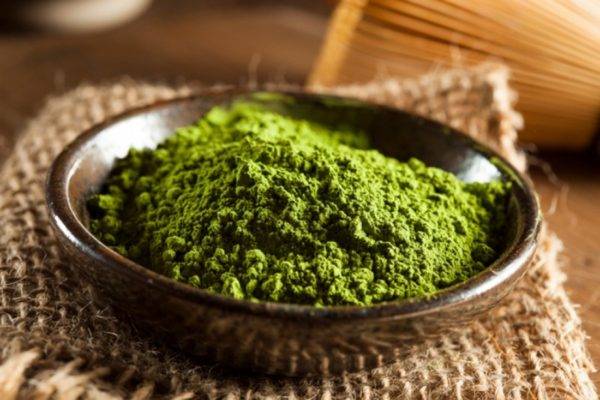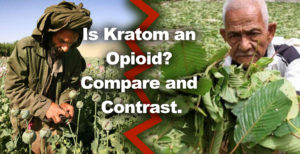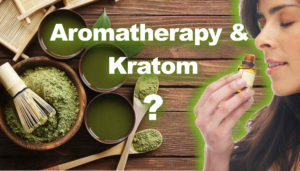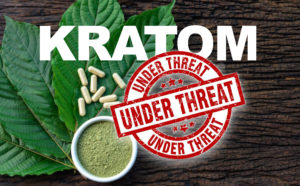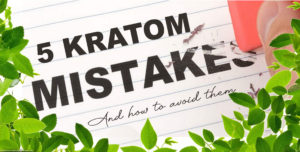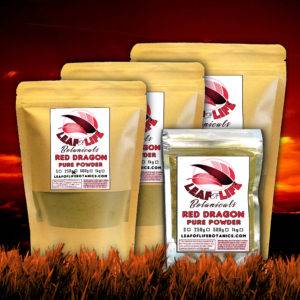Kratom is NOT a party drug to have fun with or to abuse for a special chemical thrill. Kratom (mitragyna speciosa) is actually a medicinal plant in the coffee family. Anyone who tries to use or abuse kratom as a recreational drug will be profoundly disappointed.
Kratom is a nutritional supplement. Its medicinal values reside in the leaves and include relief from pain, depression, anxiety, agoraphobia, and lethargy (lack of energy or motivation). The kratom tree is grown primarily in Southeast Asia countries like Malaysia, Indonesia, Cambodia, Thailand, Borneo, Vietnam, and Sumatra.
Since kratom is relatively new to the United States and other countries, there are a lot of misconceptions. Some people think kratom is just another way to get high, like cannabis, magic mushrooms, liquor, meth, opioids, and benzos. They will condemn people who use kratom, calling them addicts who have found a new high to get hooked on. But this viewpoint is uneducated and wrong.
Kratom has been extremely successful in helping opioid addicts kick their habit and yet still relieve pain, while also living a normal, productive life. A kratom user is nothing at all like the users of narcotics, alcohol, barbiturates, hallucinogens, Xanax, meth, or other hard, dangerous drugs.
Kratom users tend to be very lucid and creative. Kratom is a nootropic, which means it improves the cognitive functions of the brain and enhances mental performance. Kratom users don’t turn to prostitution or stealing to support an ever more desperate and depraved craving for more and more. They stick to one low dose amount and dosing frequency for years, with no need to increase them, unlike with opioids or alcohol.
Kratom use is associated with very clean and tidy methods of taking this substance, with no smoking or needles involved.
Certain unsavory vendors of low grade kratom often package their product for sale in headshops, gas stations, and discount tobacco stores. They use wild names for their product and bizarre, psychedelic designs on the packaging. This kind of irresponsible marketing can give kratom a bad reputation.

But reputable vendors use tasteful, subdued, sober packaging and normal marketing methods. They 3rd party test their kratom products and describe them with restrained, honest, and accurate terminology, without using sensationalism or exaggerated claims.
Why can’t people use kratom for purely recreational, non-medical purposes?
(1) Kratom doesn’t get you “high”.
There is typically no cannabis glow, speedy rush, hallucinogenic thrill, or opioid type euphoria associated with kratom.
Kratom, especially the red vein strain, does have some sedative properties when used in large doses, and it does relieve pain, depression, and anxiety. But it doesn’t replace pain, depression, or anxiety with intensely good feelings like strong cannabis or addictive opioids and benzos can do.
Whatever good feelings you may derive from kratom as new user tend to diminish greatly as the months go by. The relief from pain, depression, anxiety, lethargy persist, but any “buzz” you might have gotten in the early days of using it eventually vanishes almost completely.
Some users report that kratom actually cancels out the effects of other drugs. Those who have taken kratom, then smoked marijuana, for example, have reported that kratom seemed to diminish the effects of the cannabis and was therefore not a good mixture.
(2) Kratom is sometimes mixed with other substances to create a designer party drug, but on its own, it’s not suitable as something to get high on.
In America, party animals may decide to take kratom, along with other substances, such as heroin, meth, cocaine, Adderall, Ritalin, alcohol, Phenibut, etc. This blending of drugs can result in medical problems, and even fatalities, with or without the kratom.
A party mixture called 4X100 is used by young Muslims in Southern Thailand. Kratom is mixed with a caffeinated beverage, or codeine-containing cough syrup, to create an intoxicating drink.
Kratom is sold by reputable vendors as a powder, in capsules, or as extracts and resins. Since not enough research has been conducted on it, kratom is not blended with other nootropic or euphoric substances to enhance the effects. It’s not a designer drug with lots of variations, it’s simply the ground up leaves of a Southeast Asian tree that’s in the coffee family.
(3) Kratom has a very bitter taste that prevents people from taking too much.

Because kratom is so unpleasantly bitter, it’s not likely that anyone would take an excessively large amount of it with the intention to abuse it and get some kind of enhanced “rush” or wooziness from it. Your tongue and stomach would rebel against that kind of abuse of this plant.
Perhaps nature somehow did this, making kratom bitter, to prevent humans or other animals from going overboard with it.
Plants are known scientifically to exhibit certain specialized characteristics to ward off some creatures and to attract other creatures, and to protect the plant from various predators and detrimental events. This is part of the inner wisdom and intentionality that is designed by God or Nature — or whatever you want to call that which instills a plant’s guiding principles and constituents.
(4) Kratom varies in effects based on how it’s taken.
Due to how bitter kratom is, many people take it in gelatin capsules. They either buy it in that form or they load the powder into empty capsules (which are easy to find for purchase in health food stores or online suppliers of medical products). No prescription is needed to obtain empty capsules.
But taking kratom in capsules significantly reduces, for most people, how strong the effects will be and how long they last. The highest impact of kratom occurs when a person puts the kratom powder in their mouth and then swallows some liquid, a popular method called Toss & Wash.

(4) Kratom’s effects are not always reliable.
While kratom is fairly consistent in its effects, there are some variations that can be rather significant, depending on a variety of factors and conditions.
Dramatic changes in how kratom affects you can sometimes be so extreme that, for example, a particular strain may suddenly, while satisfactory in the past, not do much for you at all. Or at the other end of the spectrum, one type of kratom may impact you a lot more powerfully than you expected, so that you have to reduce your dose amount by half or more, or take it less frequently than normal.
One customer reported that when trying a liquid form of kratom extract, that was said to be very potent and the best quality ever made available, experienced almost zero effects from it, but the very same brand of kratom extract in powder form was almost too intense.
These fluctuations in what kratom can do to you are, though not necessarily very commonly experienced, do cause kratom to be an potentially uncertain substance. This doesn’t cause any problems for users who know that this can happen on rare occasions, and they will have a variety of kratom types available in their home. If one doesn’t work quite as well, or a bit too well, they have another type to take.
Unlike most drugs that are often unwisely abused as party thrills (cocaine, heroin, marijuana, Xanax, meth, Adderall, Ritalin, etc.), kratom has somewhat unpredictable effects and these effects can differ dramatically, depending on if it’s red vein, green vein, or white vein.
Red veins tend to be strongly pain relieving and sedating in larger doses. Green vein is somewhat pain relieving, with a significant mood boost, but not in a druggy dreamy euphoric manner. White vein is typically more energizing, with milder pain relief and a bit of mood elevation.
Kratom is also classified in various ways. One is ranking it according to potency (maeng da being a commonly used type category, which means conneisseur, “pimp grade”, high level quality and strength of effects). Another ranking is according to any fermentation or special drying process that may be used (and these are called yellow, gold or chocolate).
The effects of kratom can also increase or decrease in intensity depending on how much water you drink, how active you are, what you’re specifically doing at the time you take it, how much you eat along with it, what other medicines or substances you may be taking.
Kratom’s impact can also differ from one batch to the next. For example, a Red Maeng Da kratom you had 6 months ago may be a bit different in effects when you purchase a new, fresh batch today. Kratom can vary from batch to batch, depending on growing season, harvesting methods, drying and fermentation, region of origin (Thailand vs. Indonesia, for example), vendor, supplier, and other factors.

Kratom can differ according to leaf maturity. Leaves that are allowed to grow to more maturity are labeled Elephant (for how large they are) or Horn (the leaves matured to the point of developing horn-like protuberances along the edge. These tend to be more potent and have stronger effects that last longer.
CONCLUSION: While some people try to abuse anything to get high, kratom is not something that can be used as a recreational drug. A person needs to have legitimate medical issues to get any real impact from kratom. And using kratom in a responsible manner, at the lowest possible dose, will result in great health benefits.

